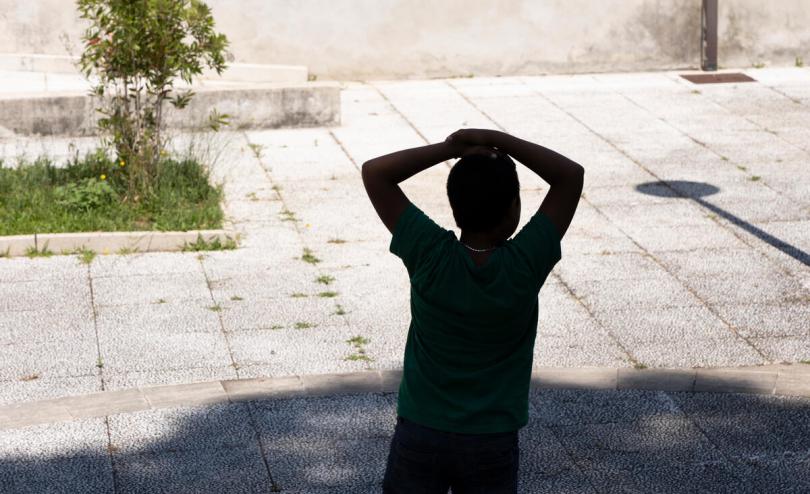Over 11 million children born during world’s hottest month on record: Save the Children

LONDON/GENEVA, Monday 31 July – About 11.2 million children[i] were born in July 2023 which is expected to be the hottest month ever recorded on earth, said Save the Children, as the climate crisis threatens to undo decades of progress in children’s rights and wellbeing, including the fight against hunger.
This milestone is a grim reminder of how many young lives continue to be blighted by the climate crisis, growing up in a world with soaring temperatures and unprecedented environmental risks.
Pregnant women are also more vulnerable during a heatwave, with exposure to high temperatures, including in early stages of pregnancy, associated with premature birth and stillbirth.
The child rights organisation urged world leaders to take immediate action to do everything in their power to curb warming temperatures to 1.5C above pre-industrial levels, in order to limit the impact of dangerous extreme weather events on children’s lives.
As well as being the hottest month recorded globally, July also broke two other records: Thursday 6 July was the hottest day ever recorded[ii] and record low levels of Antarctic sea ice[iii]. These followed the world’s hottest June on record[iv] and extreme marine heatwaves during May, June and July, with sea surface temperature the highest ever recorded[v].
Save the Children research released with the Vrije Universiteit Brussel found that children will face on average seven times as many heatwaves, twice as many wildfires and three times as many crop failures as their grandparents under initial Paris Agreement emission reduction pledges.
Children in lower-income countries and those already impacted by poverty and discrimination are particularly affected. For example, children in Afghanistan face up to 18 times as many heatwaves as their grandparents’ generation, while in Mali, they could face up to 10 times as many crop failures.
But the research emphasises that if warming is limited to 1.5C, the additional lifetime exposure of newborns to heatwaves will drop by 45%, by 39% for droughts, by 38% for river floods; by 28% for crop failures, and by 10% for wildfires.
Kelley Toole, Global Head of Climate Change at Save the Children, said: “For children born into the world in July 2023, life looks starkly different to what their parents and grandparents have been used to. And a future that caters to their rights, needs, health and security looks further and further out of reach.
“But we do still have a narrow window of time and with the right ambition and decision from leaders to rapidly phase out the use and subsidy of fossil fuels and curb warming temperatures, we can act to make the world a brighter pace for children. We also need to ensure children’s rights, needs and voices are placed at the heart of climate finance and loss and damage funding arrangements.”
ENDS
Notes to editors:
- You can read the report Born into the Climate Crisis here.
- Another Save the Children report released last year showed one third of the world’s child population lives with the dual impacts of poverty and high climate risk.
[i] Calculation made using UN data on projected annual global birth rates (133.99 million) and dividing by 12 Births per year (ourworldindata.org)
[ii] Copernicus Climate Change Service/ World Meteorological Organisation July 2023 is set to be the hottest month on record | World Meteorological Organization (wmo.int)
[v] Record-breaking North Atlantic Ocean temperatures contribute to extreme marine heatwaves | Copernicus
We have spokespeople available. For further enquiries please contact:
- Emily Wight, Emily.Wight@savethechildren.org
Our media out of hours (BST) contact is media@savethechildren.org.uk / +44(0)7831 650409




